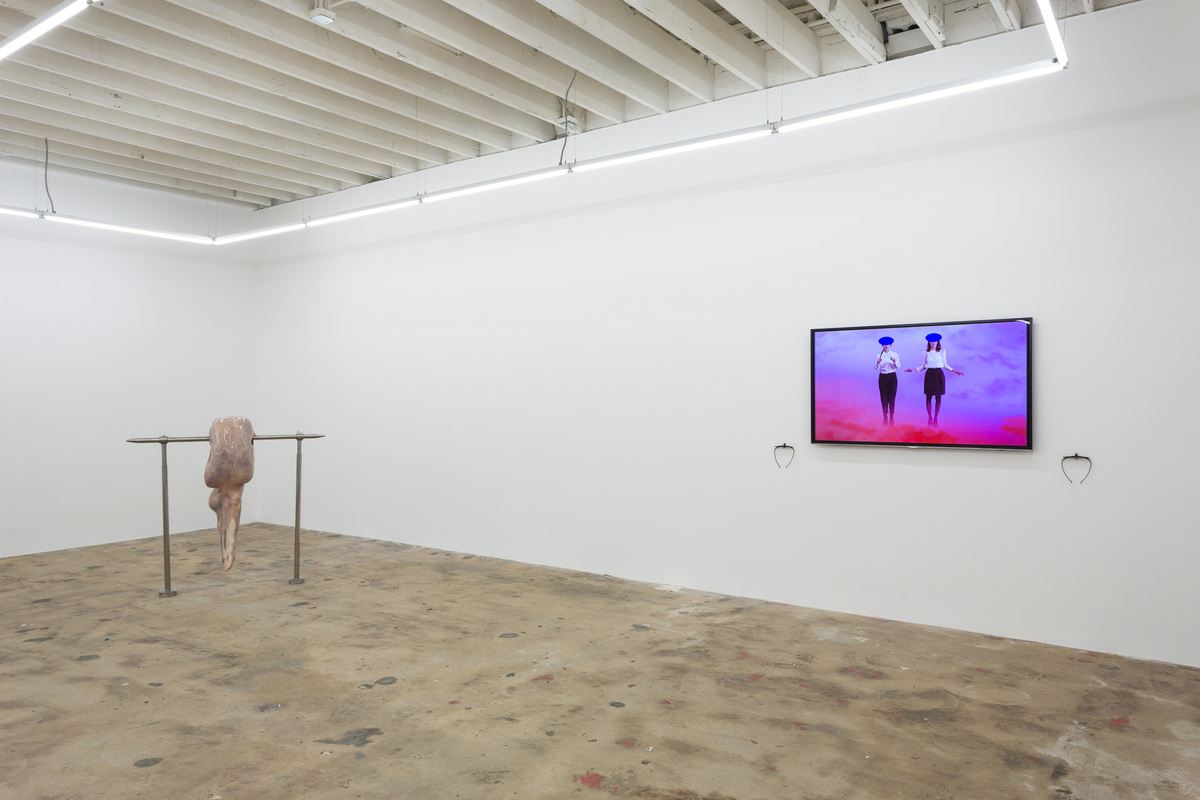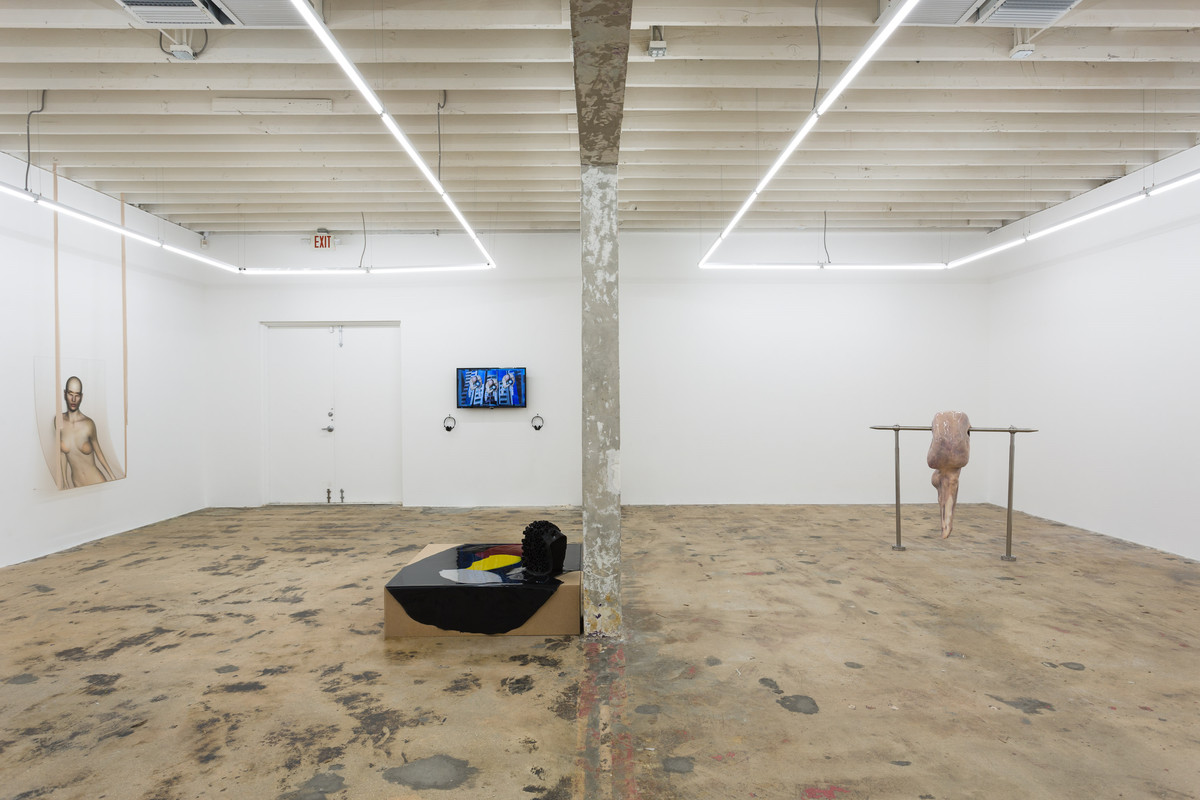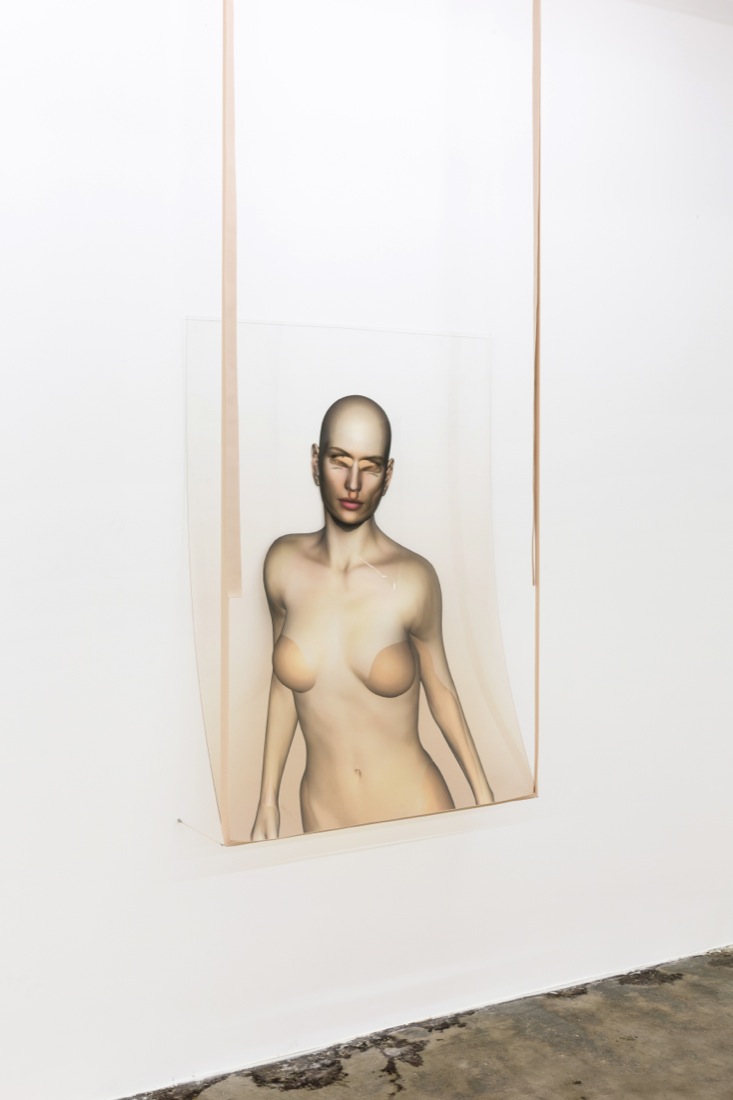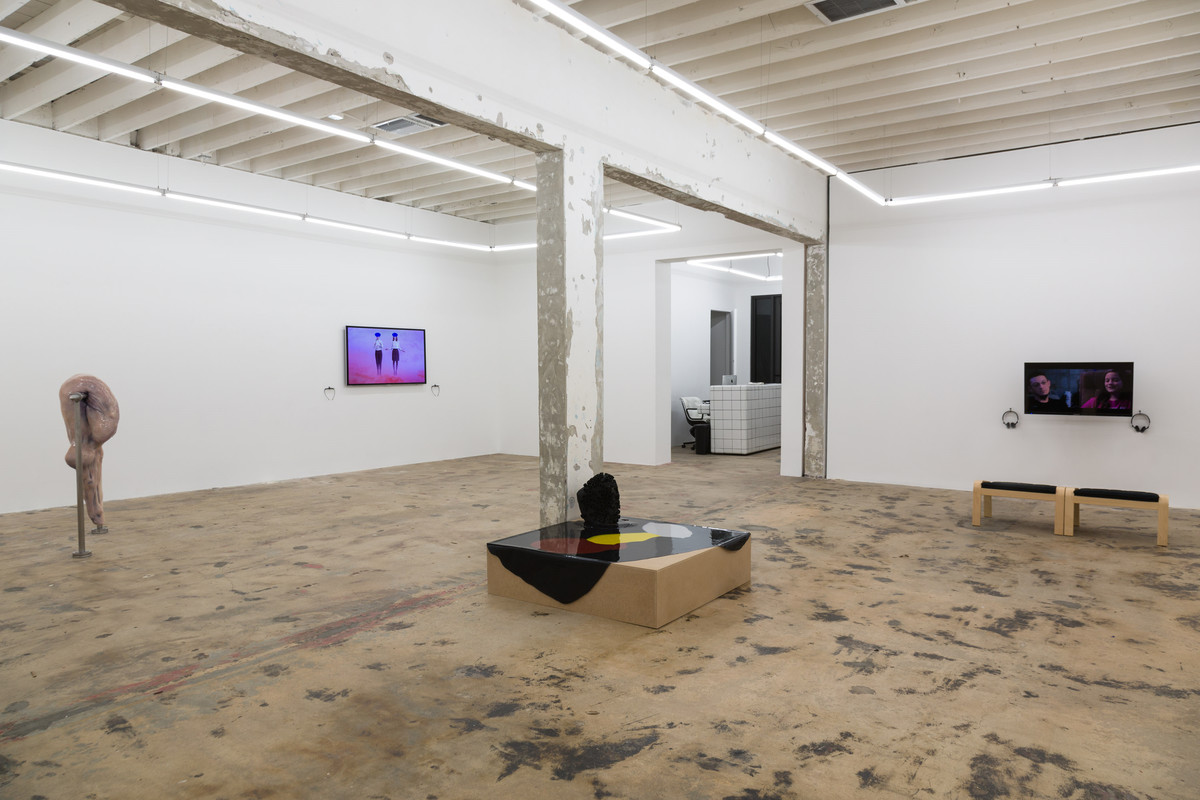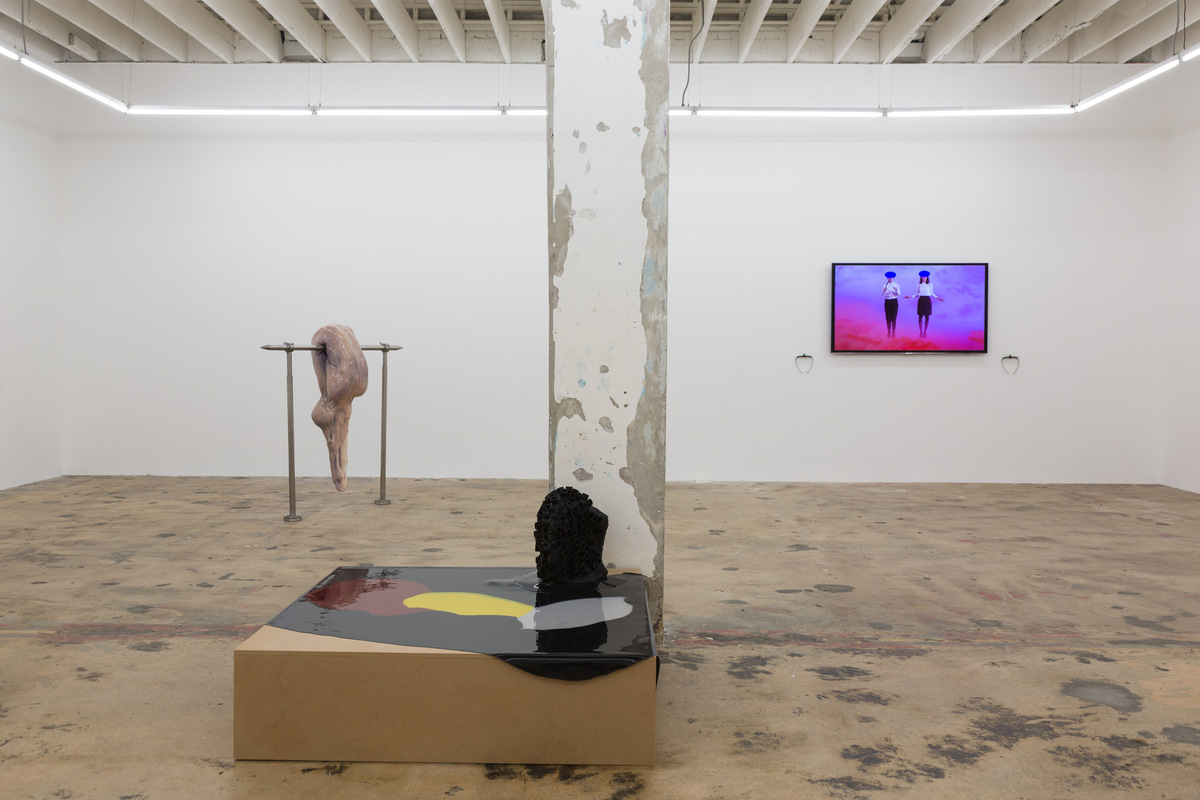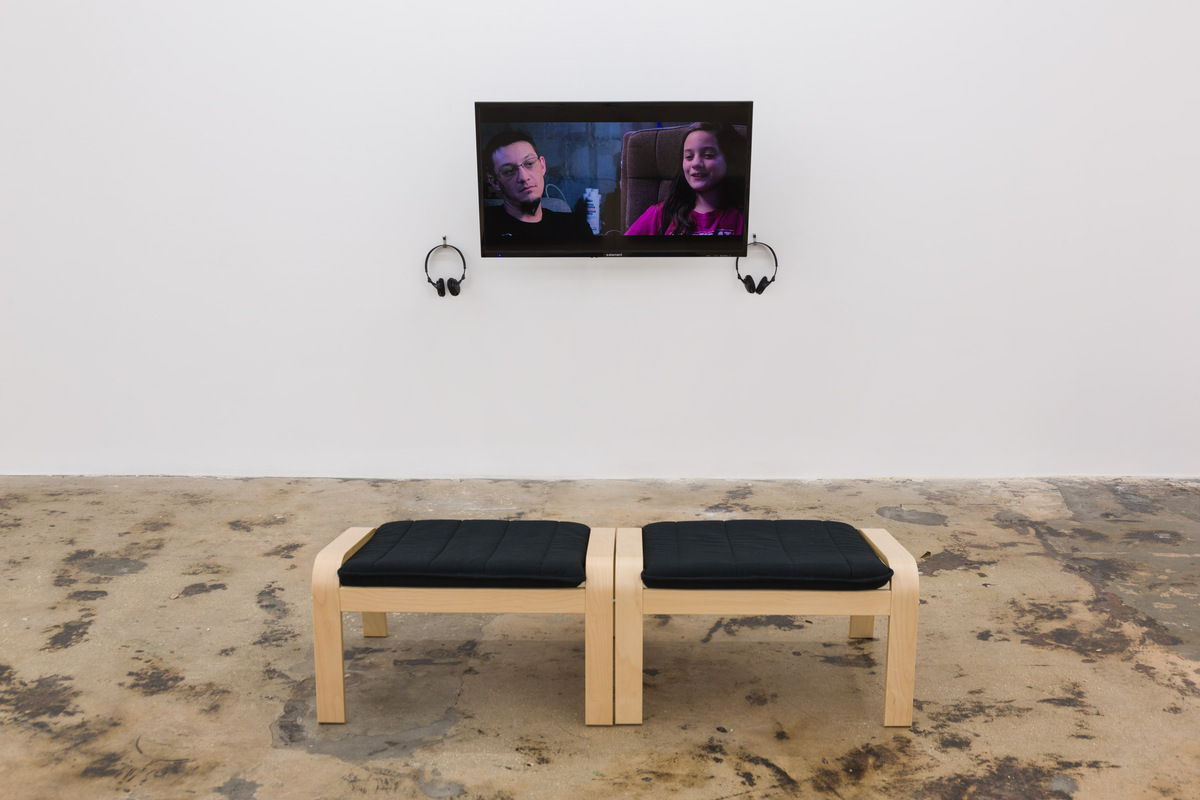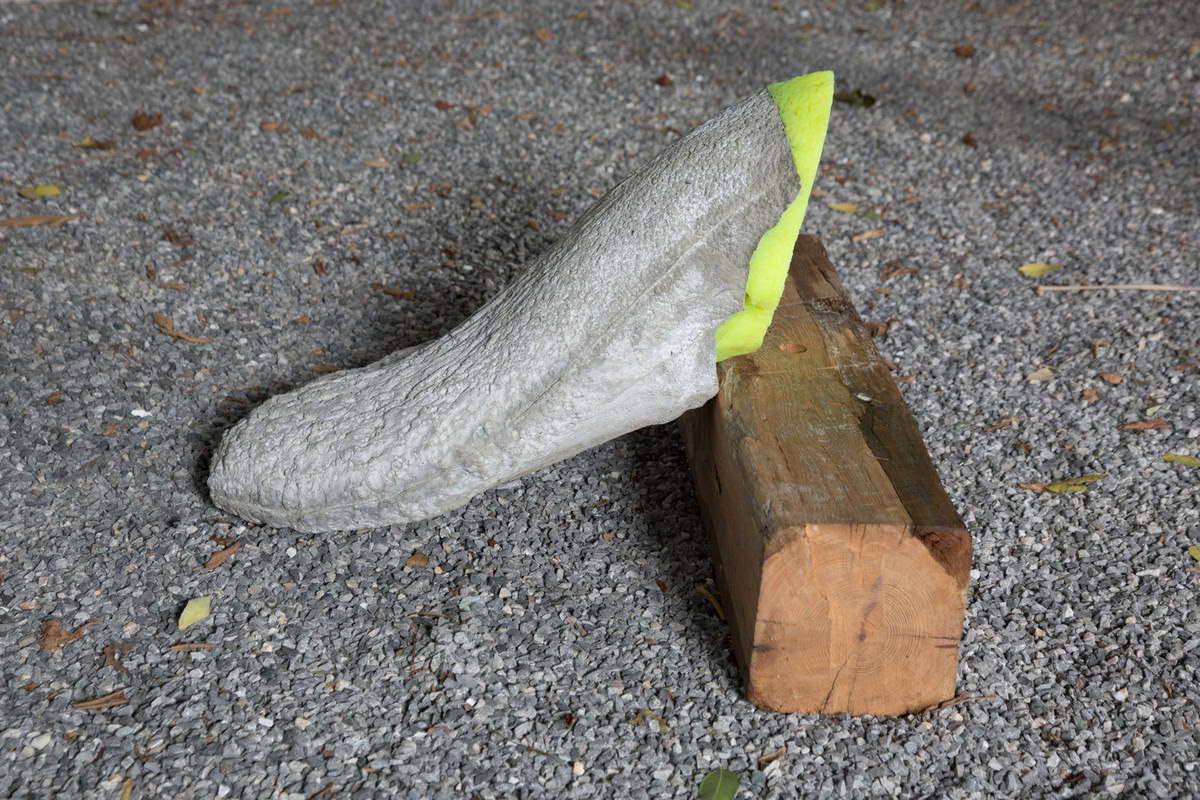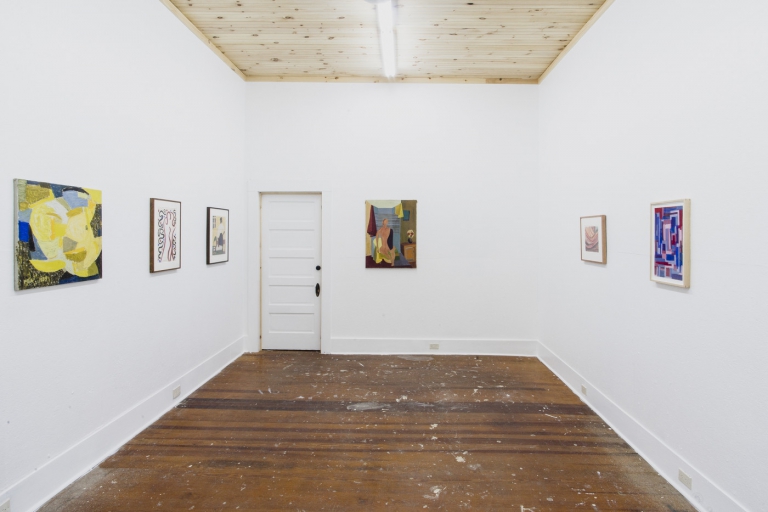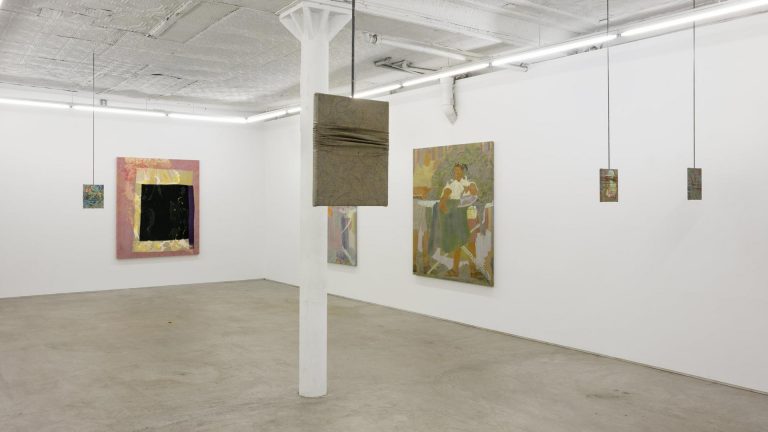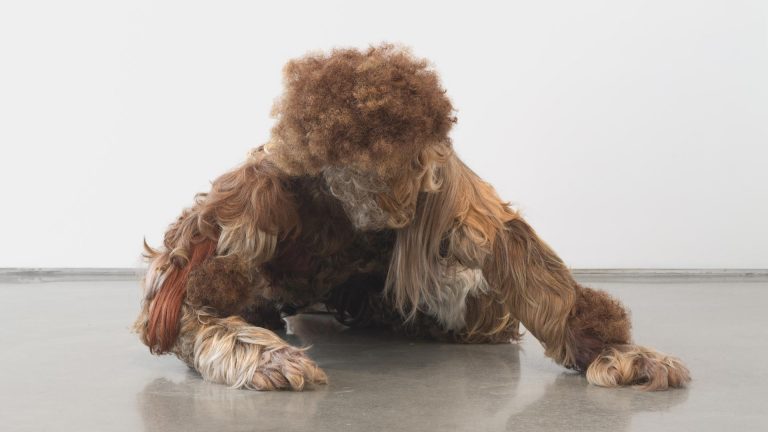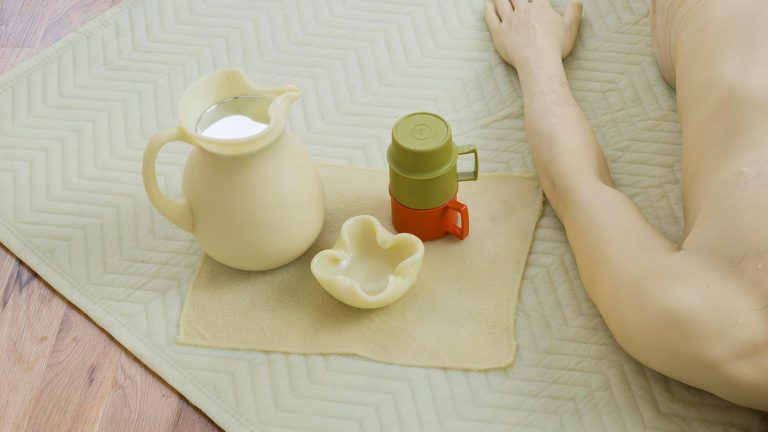Artists: Ivana Basic, Hannah Black, Megan Daalder, Cécile B. Evans, Martha Friedman
Exhibition title: In the Flesh, Part II: Potential Adaptations
Curated by: Courtney Malick
Venue: Diet, Miami, US
Date: February 6 – March 12, 2016
Photography: images copyright and courtesy the artists and Diet, Miami
MIAMI (February 2nd, 2015) – Gallery Diet is pleased to present In the Flesh, Part II: Potential Adaptations, a group exhibition curated by Courtney Malick that opens Saturday, February 6th, 2016, with a public reception (2 – 5 PM). The opening will be accompanied by a talk in the garden at 4 PM, led by curator Courtney Malick and artist Ivana Basic. The exhibition will remain on view from February 6th until March 12th, 2016.
In the Flesh Part ll: Potential Adaptations builds upon the exhibition In the Flesh Part I: Subliminal Substances, which featured work by contemporary artists who explore the potentially harmful inorganic materials found in many things that we ingest—be they mass produced food products, dietary supplements, pharmaceuticals, hygiene and beauty products, or invisible matter from toxic waste and technological devices.
To further these investigations of what goes into the body, In the Flesh, Part ll presents artists whose work envisions the long term e2ects that the continuous ingestion those “subliminal substances” may have on the way that humans look and function. Their works draw attention to ways that the body, the concept of a body, container and vehicle—or lack of a physical vessel as it may someday be—adapts and shi5s over time in the ways that it appears externally and functions internally. While the structure of human DNA itself almost never changes, its epigenome, which aids in gene expression, is easily a2ected by internal and external, organic and inorganic forces. With this in mind, it is clear that what we ingest, and the ways that we use our bodies in relation to our growing reliance on technological devices, will eventually cause the human epigenome to adapt and morph accordingly.
Undeniably, these transmutations may take place over very long periods of time, and are therefore somewhat imaginary in our current moment. However, experimentation with potential future outcomes continues to gain momentum as a present topic of inquiry. With this in mind, Part ll also responds to subcultural groups and schools of thought gaining traction today that actively seek to reinvent the human body with new, o5en mechanical or “super-human” abilities. In this way, Part llincorporates groups such as biohackers, body-modders and transhumanists, into its multifarious and wide-ranging conversation of potentialities.
The artists included in In the Flesh, Part ll, each in unique and unusual ways, reimagine and foreshadow the future of the human body. Through their varied practices that span video, sculpture, installation and new media, they at once call reflect upon the evolutionary changes that have already altered the human body, and point to the plausible causes and effects that will continue to drive this constant shift in collective corporeality.
Through her sculptural work, New York-based Ivana Basic creates forms whose surfaces resemble human skin, connoting raw slabs of meat and twisting into themselves into awkward, alien-like Fgures. Conversely, her two-dimensional work often begins with images of her own likeness, through which she continues to create complex virtual identities.
Berlin-based Hannah Black investigates ways that the individual body can be used as a foil to reconsider larger cultural issues, such as bodily health, vanity, branding, communism, language, the entropic nature of architecture, and their surprising intersec- tions across various cultural contexts.
Los Angeles-based Megan Daalder works in performance, sculpture and filmmaking to parse a wide range of interests and conceptual focal points through which her projects often reveal ways that technological devices and new forms of communication have changed interpersonal relationships.
There is a palpably futuristic quality to the multi-faceted, often project-based work of Berlin-based Cécile B. Evans, through which she complicates notions of and formats for personal identity as they continue to be more and more mediated by the virtual context in which so many people spend the better portion of their lives.
In both the sculptural and performative work of New York-based Martha Friedman, we see specific parts of the human body magnified and exaggerated – their naturalness questioned through her use of bold, synthetic materials and her severe color palette.
Ivana Basic, Sew My Eyelids Shut from Others, 2016
Ivana Basic, Sew My Eyelids Shut from Others, 2016 (detail)
Ivana Basic, Sew My Eyelids Shut from Others, 2016 (detail)
Ivana Basic, Sew My Eyelids Shut from Others, 2016 (detail)
Ivana Basic, Sew My Eyelids Shut from Others, 2016 (detail)
Ivana Basic, Das Unheimliche (1), 2014
Ivana Basic, Das Unheimliche (1), 2014 (detail)
Ivana Basic, Das Unheimliche (2), 2014
Ivana Basic, Das Unheimliche (3), 2014
Cecile B. Evans, The Brightness, 2013
Martha Friedman, Hood, 2016
Hannah Black, Bodybuilding, 2015
Megan Daalder, The Children of the Singularity, Ep. 1, 2015-2016
Martha Friedman, Licked, 2012
Martha Friedman, Licked, 2012
Martha Friedman, Licked, 2012







